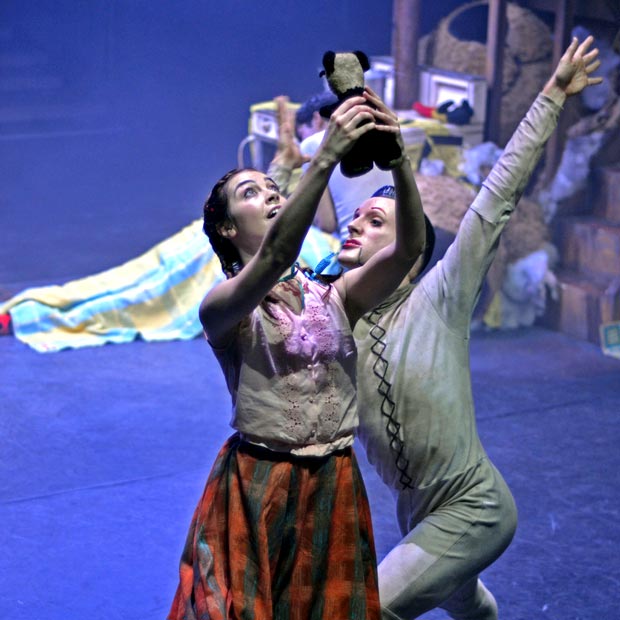
© Dave Morgan, courtesy the Royal Opera House. (Click image for larger version)
Royal Ballet
Hansel and Gretel
London, Linbury Studio Theatre
8 May 2013
www.roh.org.uk
Dave Morgan: Royal Ballet in Hansel and Gretel – 27 pictures
www.roh.org.uk
The Royal Ballet’s Artist-in-Residence, Liam Scarlett, still only in his 20s, is attracting considerable attention as a choreographer. He has had short ballets on the main stage here at the ROH, and has a number of commissions next season for other companies. His work ranges from abstract pieces to last year’s complex and tangled narrative, Sweet Violets. Hansel and Gretel is his first full-length ballet. It is in the more intimate setting of the Linbury, but there is still a challenge to develop characters and hold the audience’s attention over a couple of hours. It is a mixed experience: too long and overworked in places, a dark vision, unevenly realised, with some striking and chilling moments.

© Dave Morgan, courtesy the Royal Opera House. (Click image for larger version)
In the original Brothers Grimm narrative, the children Hansel and Gretel are abandoned in the forest at the suggestion of their stepmother, when the family does not have enough to eat. They find their way to a house which turns out to be inhabited by a witch who intends to eat them, but they resourcefully manage to kill her and escape. Here Scarlett has moved the action to the American mid west in the 1950s, and reshaped the story into two acts.
It is a chamber work, with a small cast, played out in a traverse setting. The set is on different levels incorporating the kitchen and stairs of the family home at one side, a park, and an innocent looking wooden house which rises up unexpectedly to reveal steps down to a basement filled with unpleasantness. The performers are sometimes within touching distance of the audience. However, at other times, depending where you are seated they can be frustratingly difficult to see, for example in the children’s bedroom on a higher level.
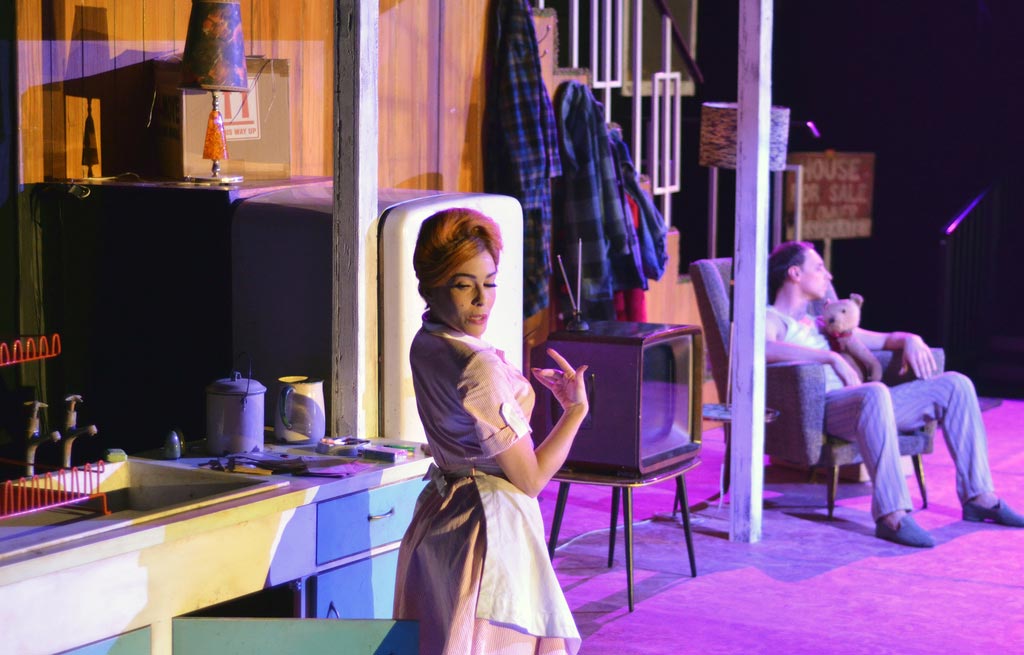
© Dave Morgan, courtesy the Royal Opera House. (Click image for larger version)
The intimacy means that the performers need to judge their effects carefully. Bennet Gartside as the father gets this right, not overdoing it but still letting us know that he is a weak and hopeless drunk without telegraphing the fact. Leanne Cope as Gretel is the caring, sensible, protective older sister to James Hay’s younger Hansel, still clutching his teddy bear. Hay’s acting seems too over emphatic. Perhaps this is just the result of deliberately casting an adult in a role choreographed as a child. (This adults-playing-children approach worked for Denis Potter in Blue Remembered Hills, but all the cast were children played by adults in that work.)
The father is selling the house, desperate for money, and Gretel helps to pack up cardboard boxes, in which she finds a photograph of her mother. The moment evokes Cinderella’s handling of the portrait of her mother by the fireside. Leanne Cope has a lovely natural warmth in the role and her relationship with her father is neatly handled by Scarlett. Laura Morera as the stepmother taunts the father, flashing her stocking-clad legs. There’s strong Matthew Bourne influence in the choreography for these two, and another Bourne influence in the reversal of gender. The Witch (Brian Maloney) is not a woman but a rather prim and prissy man with a frumpy pullover and heavy spectacles.

© Dave Morgan, courtesy the Royal Opera House. (Click image for larger version)
Scarlett’s further twist on the story is to add the Sandman (Steven McRae), a character who might be another side of the Witch’s personality. He looks eerily like a ventriloquist’s dummy with an inexpressive mask-like head. There is a genuinely creepy moment as he emerges out of the fridge to confront Hansel and to lure him away to meet the Witch. McRae is seriously scary, floppy and puppet-like but exuding a malignant power. Another shock is when both children follow the Sandman into the wooden hut which rises to show the basement below, where the Witch awaits with his stuffed toys and a dead body in the oven. We leave them all down there in the dark for the interval.
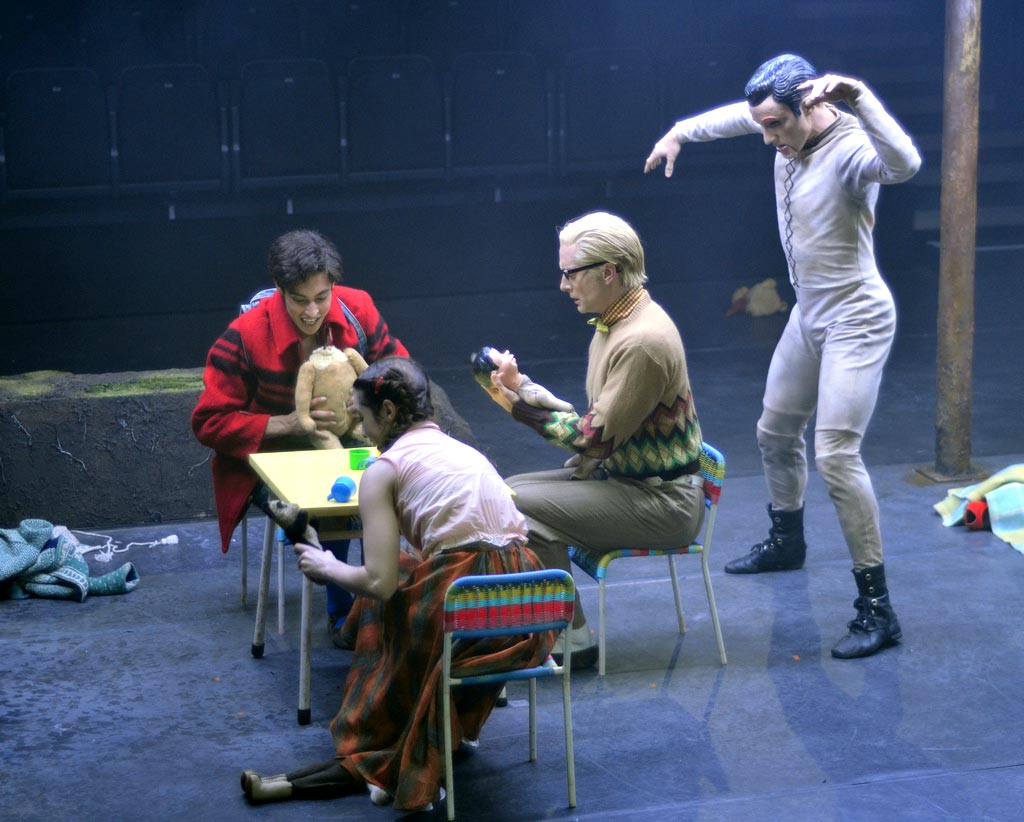
© Dave Morgan, courtesy the Royal Opera House. (Click image for larger version)
The designs (Jon Bausor) sometimes deliver more of a frisson than the choreography. There are long and ambiguous confrontations between the two children and their captors, but these are not Scarlett’s best or most memorable dance creations, though performed with terrific commitment by the cast. There is much grappling and energetic partnering whose effectiveness may be greater with different sightlines.
Dan Jones’s music felt like a weak link in the production, though it was specially commissioned for it. His background is in film scores. He certainly delivered the sense of threat and menace of a horror film. But the score does not offer obvious melodies or give much for Scarlett, usually a deeply musical choreographer, to get his teeth into. It does not sink into the memory.

© Dave Morgan, courtesy the Royal Opera House. (Click image for larger version)
Children being abducted and held in basements is a grimly topical subject. Scarlett plays effectively on our contemporary unease and fears. The Linbury as a basement theatre is a natural home for this unsettling production. While not wholly successful it does offer some gripping and chilling theatrical experiences.












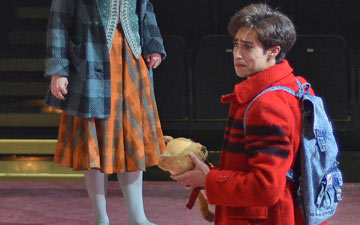
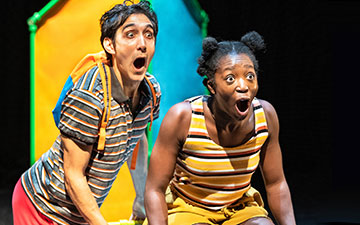
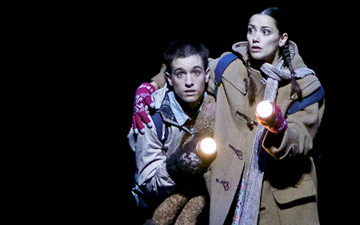
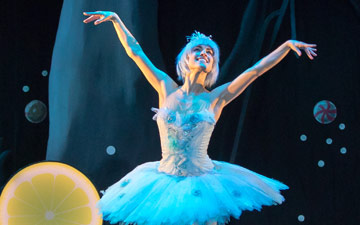
Too long – but a dramatically thrilling piece of theatre.
Ahead of his Hansel and Gretel, Liam Scarlett told me (Dancing Times, January 2013) how the Linbury theatre exposes a performer’s every nuance. All credit to his dancers that a flicker of an eye, a raised brow and especially a flinch resonate with such power.
Full praise too to Scarlett for creating roles that extend the dramatic range of his cast. As the father, Johannes Stepanek is no longer prince-charming-in-waiting. Here is a Prince Rudolph impatient for his throne. I have always found Ryoichi Hirano dramatically bland, until now. His portrayal of the witch was frighteningly intense, a study in controlled malevolence.
Donald Thom was inspired casting as the sandman – as insidious and debilitating as a tapeworm, utterly inscrutable – with a physical pliancy that was totally ensnaring.
I am less convinced by Scarlett’s dance language. Dramatically, the opening scenes shocked with the gradual revelation of the family’s round dance of incest. That impact was diluted by carefully pointed feet, legs and articulated hands – altogether too balletic. Contemporary dancers would give the piece greater rawness.
Despite the intimacy that the Linbury allows, Scarlett’s ballet feels contained by the space. The Roundhouse would provide greater opportunity for it to breathe – and for audiences to choke on its creepy, deeply unsettling exposé of family dynamics.
Scarlett’s Hansel and Gretel rides on the wave of the grotesque news from Ohio. Christopher Hampson has described to me his forthcoming Hansel and Gretel for Scottish Ballet in terms that evoked the corrosive impact of disappearance of Madeleine McCann.
Clearly fairytales and ballet – thanks to today’s choreographers – are not just about frothy pink tulle and notions of a happy here after. Amen to that.